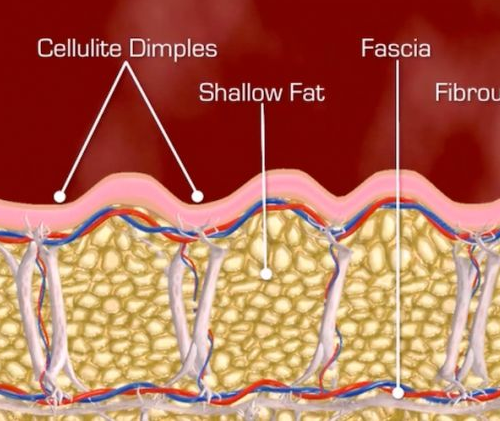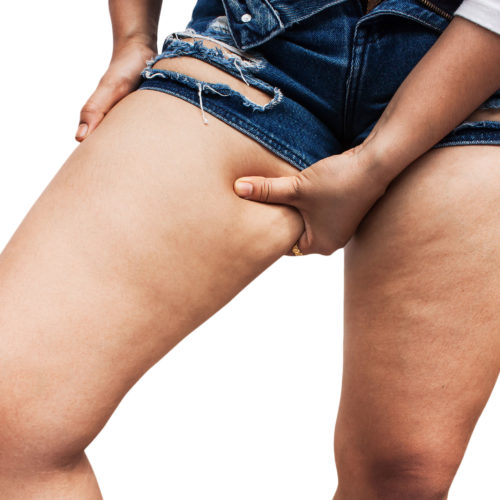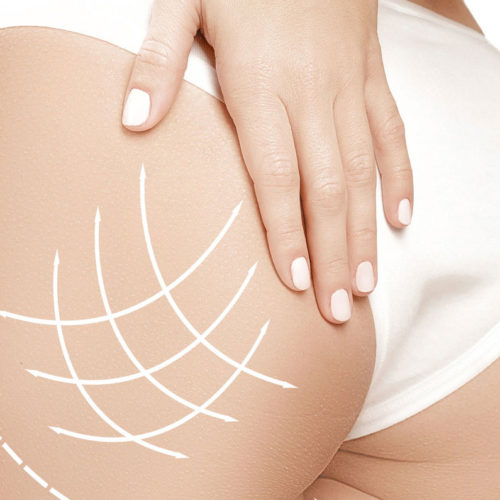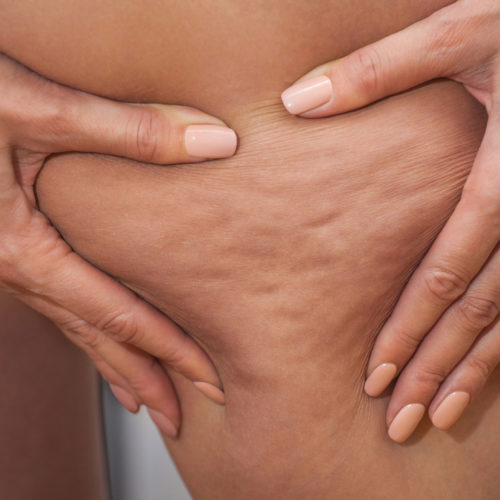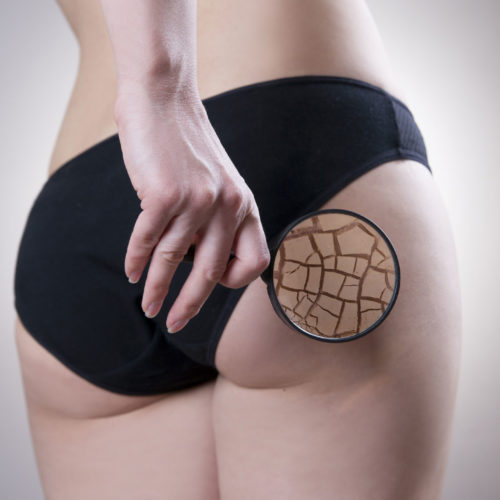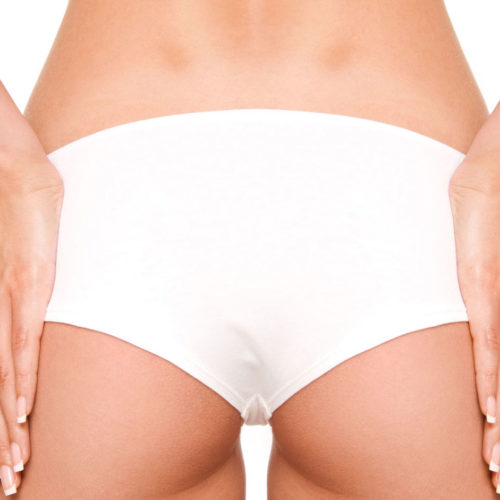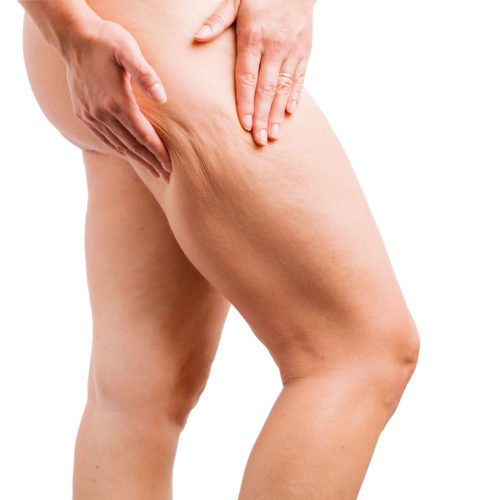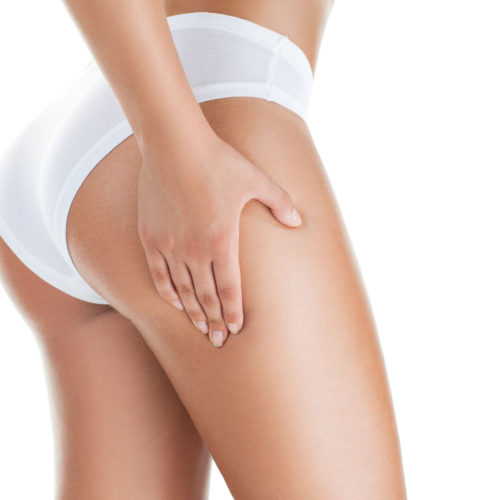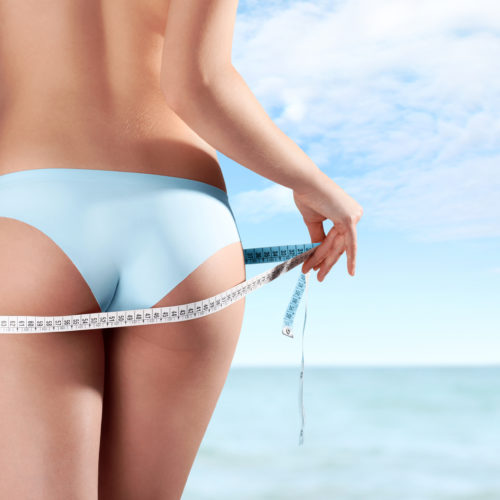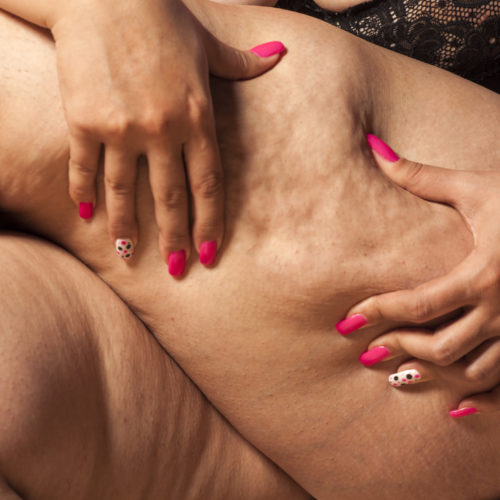Fibrous septae are among the causes of the “visibility” of cellulite. These thickenings of fibrous tissue are part of the structure of cellulite. Precisely the structure of cellulite is the last frontier for treatments which, thanks to research and innovation, give more long-lasting results without resorting to scalpels. Cellulite affects the overwhelming majority of women, usually...
Category: <span>Cellulite Causes</span>
Causes of cellulite
Causes of cellulite, let’s get to know it better. What are the causes of cellulite? What we commonly refer to as cellulite or orange-peel skin, is known by various names, one of which is edematous fibrosclerotic pancicopathy (EFP). This is a blemish caused by an alteration in the hypodermis that is manifested by hypertrophy of the...
What are cellulites
What are cellulites? The answer may be linked the fact there are different types of cellulite in the same person; for example, a mixed cellulite, one that is hard in some areas and oedematous or soft in others. What are cellulites: What is cellulite? Deposits of adipose tissue that assume an “orange peel” appearance...
Cellulite wraps
Cellulite wraps are typically performed in beauty salons and spas. The indications for use are for problems related to bad blood circulation and therefore for cellulite. Cellulite wraps: Cellulite: what is it? What we call cellulite or orange peel skin is an imperfection known as edematous fibrosclerotic panniculopathy (EFS), which causes alterations of the...
Genetic cellulite
Genetic cellulite. Where cellulite is concerned, how are genetics involved? Genetics play an important role in the development of cellulite. Cellulite affects up to 90 percent of women at some point in their lives. Many women see it as a real enemy, above all when they need to undress, particularly during the summer, because the...
What causes cellulite on buttocks?
What causes cellulite on buttocks? The causes of cellulite formation on the buttocks are unclear; there are several theories that have been more or less accepted by the scientific community which make it possible to have a general picture of the situation. Based on this information, it is believed that the most common causes of...
Fibrous cellulite
Fibrous cellulite forms due to fibrosis, which is the result of hardening of the connective tissue. According to recent studies on fibrous cellulite, the combination of collagen with glucose (glycation of collagen) causes fibrosis, which means hardening of the collagen fibers and therefore of connective tissue which thus becomes a real trap for adipose cells...
Fibrous septae
Fibrous septae are among the causes of the “visibility” of cellulite. They are a thickening of the fibrous tissue and are considered an integral part of the structure of cellulite. Among the most innovative theories on cellulite, which remains a controversial subject in many ways, is that of the structure of cellulite. Constant research on...
Localised adiposity and tissue stabilized guided subcision
Localised adiposity or cellulite? And what do fibrous septae have to do with it? What is cellulite? And localised fat? Are there effective treatments? Does treating fibrous septae eliminate both? Patients often ask many questions and therefore answers must be given that can satisfy them. Cellulite and localised adiposity can be treated, treatments for fibrous...
Cellulite treatments for fibrous septae
When the issue of cellulite has to be dealt with, you immediately think about what to say if you have to talk about treatments and even more if you have to go into depth about the cellulite treatments that act on fibrous septae. Cellulite is an alteration of the skin often described as ‘orange peel’...
- 1
- 2


